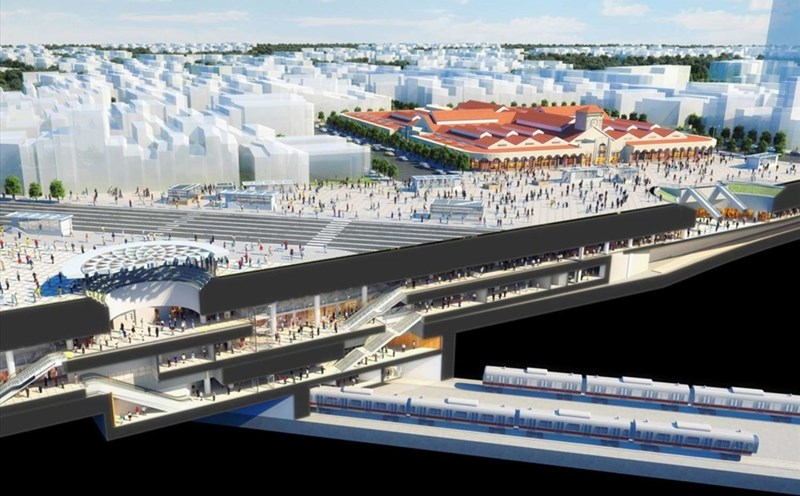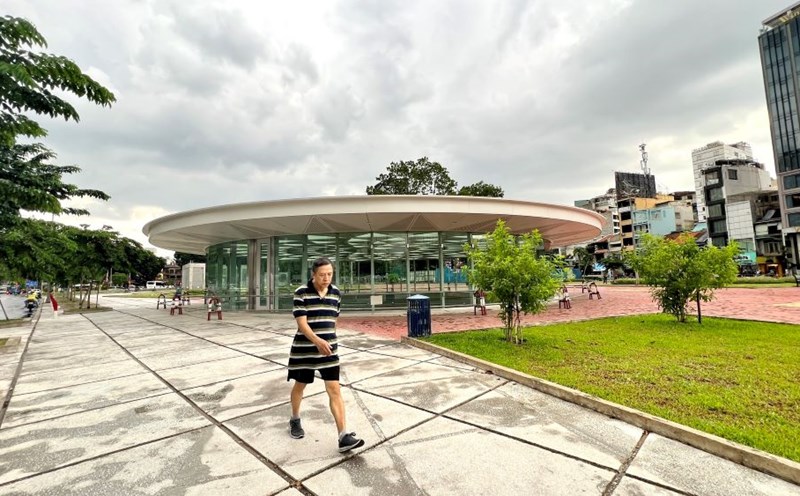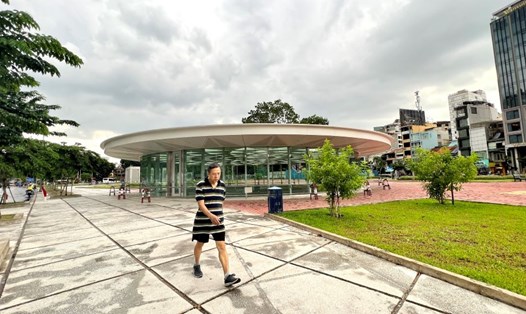20 years of "thirsty" for underground parking lots
Since 2005, Ho Chi Minh City has planned 4 large-scale underground parking lots in the center, including: Le Van Tam Park, Tao Dan yard, Trong Dong stage and Hoa Lu stadium, with a total capacity of about 6,300 cars and 4,000 motorbikes. However, up to now, everything is still at the drawing.
Due to the lack of parking lots, the city is forced to allow fee-based parking on 20 central routes.

After merging with Binh Duong, Ba Ria - Vung Tau, Ho Chi Minh City currently manages more than 12.7 million vehicles, including more than 1.4 million cars and more than 11.3 million motorbikes - not to mention the number of imported vehicles from neighboring localities.
Meanwhile, the current wharf system has only reached 2.69 hectares out of a total of 550 hectares planned, which is only 0.5% of demand. This makes the need for parking and parking increasingly urgent, especially in the central area.
According to the detailed urban planning of the 930-hectare central area approved in 2012, Ho Chi Minh City has identified the development of underground space as an important part of the urban structure. The areas to be oriented include: Le Loi Street, Nguyen Hue, Ton Duc Thang, Ben Thanh Station of Metro Line 1 and 23/9 Park.

Ben Thanh Central Station, 236m long, 60m wide with 4 underground floors, is considered the most important connection point of the metro system.
In 2016, the city called for investment in an underground commercial center here with a capital of more than VND6,800 billion, but the project could not be implemented due to lack of capital and suitable investors.
Recently, Vingroup has proposed developing a 12.5-hectare underground space complex in the Ben Thanh area, including a central metro station, a commercial - service area and an underground parking lot.
This proposal received support from the Ho Chi Minh City People's Committee, and the city assigned businesses to study the design plan combined with the public space around Ben Thanh market, ensuring compliance with the general planning and urban landscape harmony.
The right time to ripen to develop underground urban areas
Dr. Architect Hoang Ngoc Lan - Ho Chi Minh City University of Economics commented that after more than 20 years of planning but no underground parking lot has been built, Vingroup's proposal is a step in line with the development trend of modern urban areas.
Not only adding the largest static traffic infrastructure in the city, the project also creates direct connections with Metro Line 1 and future metro lines, helping to form a modern, convenient and environmentally friendly public transport network, said Ms. Lan.
According to Ms. Lan, developing underground space is a reasonable way to deal with core urban areas that are overloaded and have a shortage of land funds.
Not only a technical solution, the underground floor also opens up a "second urban layer" - where transportation, trade and tourism are intertwined, creating a new chain of experiences for people and tourists.
This model has proven effective in Tokyo, Singapore or Shanghai, where underground floors have become the "liveness" of modern urban areas.
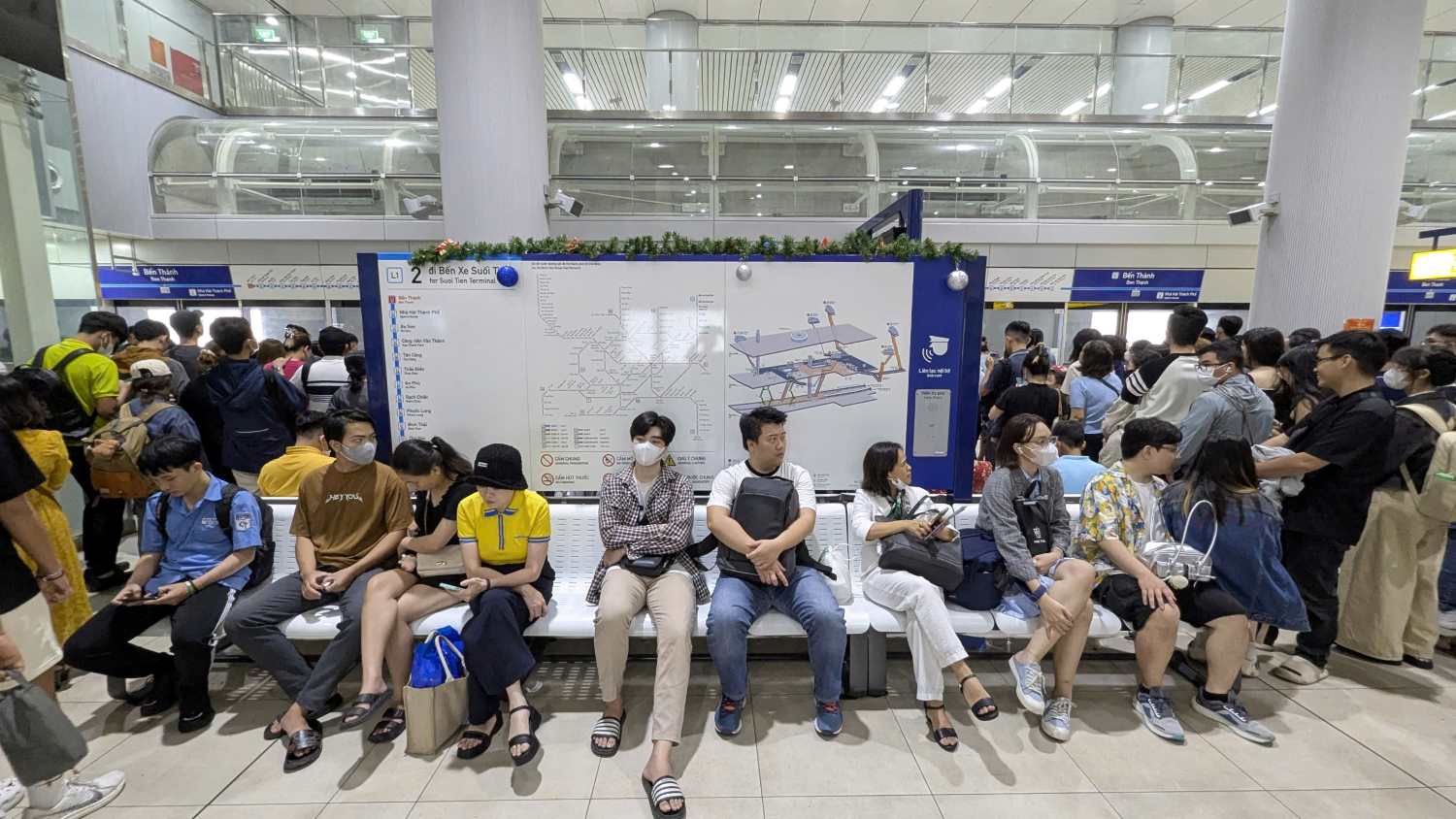
Dr. Tran Quang Thang - Director of the Ho Chi Minh City Institute of Economics and Management, said that developing Ben Thanh underground space will bring many long-term values to the city.
First of all, underground parking lots will help relieve the pressure of static traffic, reduce the situation of vehicles parked on the road, contribute to reducing congestion and improving urban aesthetics.
In addition, taking advantage of underground space will optimize urban land use, allowing the ground floor to become a park, square, community living space or commercial - service space.
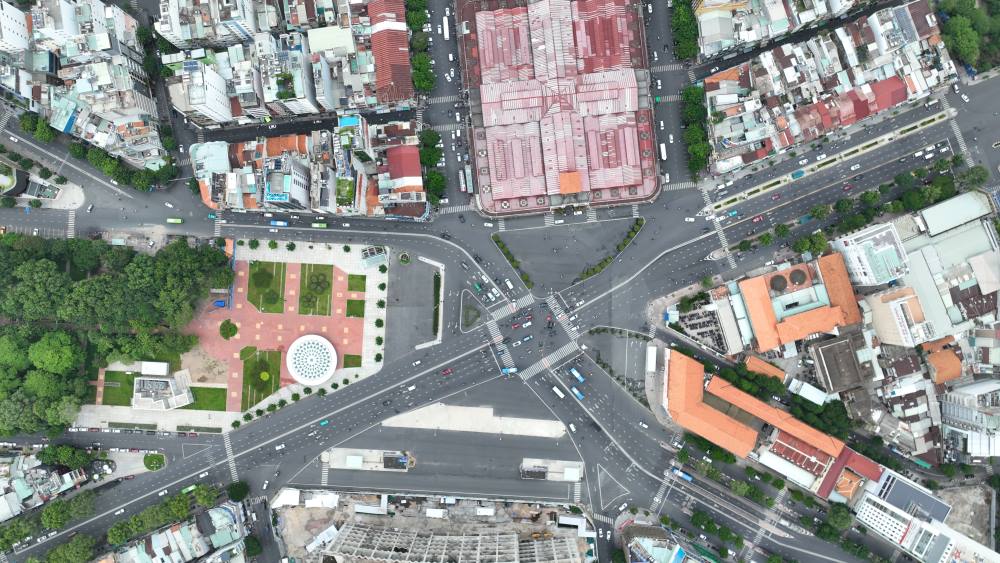
From an economic perspective, Mr. Tran Quang Thang said that underground space opens up new investment opportunities for businesses, with combined models such as parking lots - shopping malls - food areas - utility services, while creating a foundation for the night-time economy and sleepless tourism, the development direction being prioritized by Ho Chi Minh City.
In particular, the Ben Thanh underground space is an important public transport hub, directly connecting to Metro Line 1, helping people move conveniently between the center and areas such as Thu Duc, Binh Thanh, Can Gio.

